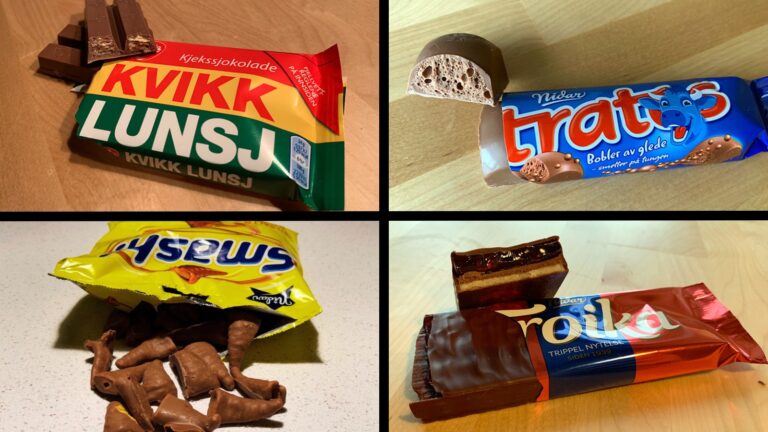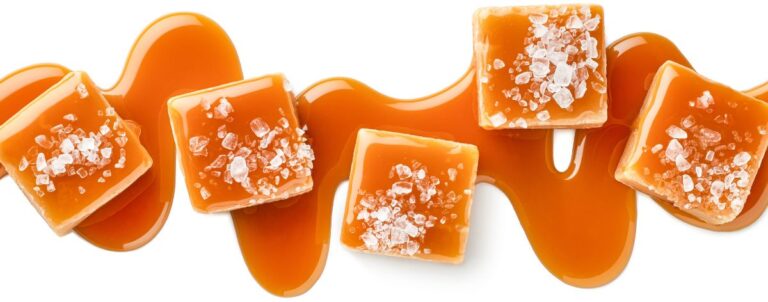Norway’s Saturday candy tradition seems like innocent fun. But behind the sugar rush lies one of Scandinavia’s strangest, darkest, and most unsettling origin stories.
In Norway, Saturdays are not just for relaxing. They are for sweets. Every week, children across the country look forward to a colourful bag of candy known as lørdagsgodt, or “Saturday sweets.”

The tradition is so common that it is rarely questioned. But for visitors and newcomers to Norway, it can be a surprising concept. Why is there a specific day for eating candy?
The answer is rooted in public health advice, Nordic cultural habits, and a disturbing medical experiment that took place in Sweden.
What Is Lørdagsgodt?
Ask a child for sweets or a piece of Norwegian chocolate on a Wednesday, and you might hear: “No, it’s not Saturday.”
For decades, families across Norway have embraced the idea that treats are saved for just one day a week: Saturday.
This weekly ritual, known as lørdagsgodt, is so ingrained in Norwegian culture that it even influences shopping habits.
According to grocery industry data, candy sales in Norway spike significantly on Saturdays. For pick-and-mix sweets (smågodt), sales can be up to five times higher than on a typical weekday.

But where did this sugar-filled Saturday tradition come from? And why has it endured in Norway and neighbouring Sweden, but not in most other countries?
A Uniquely Nordic Trend
While Norwegians and Swedes have grown up with lørdagsgodt and lördagsgodis, most people elsewhere have never heard of such a thing.
There’s no candy day in the UK, Germany, France, or Spain. Even in countries known for their sweet tooth, the idea of reserving candy for a specific day is rare.
So why do Norway and Sweden follow this weekly candy rule? The answer leads us to one of the darkest chapters in Nordic medical history.
The Shocking Origins of Saturday Candy
Back in the 1940s, tooth decay was a serious public health issue across the Nordic region. Dentists suspected that sugar was to blame, but at the time, the evidence was limited.
To prove the connection between sugar and cavities, Swedish health authorities launched an experiment.

They needed a controlled group of people whose diet they could monitor closely. Disturbingly, they turned to a residential institution for people with developmental disabilities: Vipeholm Hospital near Lund.
Without informed consent, many residents became unwitting participants in what would later be known as the Vipeholm Experiments.
Candy as a Scientific Weapon
Researchers began feeding large quantities of sugar to selected patients. Some were given extremely sticky caramels designed to cling to their teeth, up to 20 times a day, between meals.
The goal was to test whether frequent sugar exposure led to tooth decay—and how quickly it would take effect.
The results were gruesome. After 18 months, many participants had developed severe dental damage, including cavities that extended through the entire tooth, all the way to the gumline.
For researchers, the findings were clear: sugar caused tooth decay, and sticky sweets were particularly harmful.

The study was considered a major scientific success at the time, despite its unethical nature. In later years, it would be widely condemned for its treatment of vulnerable individuals.
How This Led to Lørdagsgodt
The experiments led Swedish authorities to a new public health recommendation: to reduce sugar-related dental problems, people should limit their candy consumption to one day a week.
Saturday was chosen, and the idea of lördagsgodis—Saturday candy—was born. Norway soon followed with its own version: lørdagsgodt.
Families were encouraged to avoid sweets throughout the week and instead enjoy a moderate amount of candy on Saturdays. This rule quickly became a cultural tradition.
In the 1950s and 60s, Norwegian children would listen to Saturday children's radio while enjoying their sweets. Later, it became a natural companion to Saturday morning cartoons and children's TV.
A Public Health Success Story?
There’s no doubt that lørdagsgodt—combined with the introduction of fluoride toothpaste—helped improve dental health in Norway and Sweden. Today, dental hygiene in the Nordic countries is among the best in the world.
But do people still follow the Saturday-only rule? That’s less clear.

Nutritionists say that while the idea of lørdagsgodt still exists, many families have relaxed the rule, allowing sweets on Fridays, Sundays, or even during the week.
And despite the good intentions, Norwegians consume more sugar per person annually than the British. Swedes consume even more, although the amount has dropped in recent years.
So while the “candy day” may have started with health in mind, modern habits suggest it’s more tradition than strict rule.
Sweet Ritual, Bitter Origins
For many Norwegian families, lørdagsgodt remains a cherished weekly ritual. It gives children something to look forward to, offers parents a simple way to set boundaries, and keeps a small slice of Norwegian culture alive.
But behind the colourful candy bags and smiling faces lies a story most people have never heard. It's a story of unethical science, vulnerable lives, and a health crisis that changed Nordic eating habits forever.
So the next time you see a child in Norway clutching a bag of Saturday sweets, remember: it’s more than just a treat. It’s a tradition born from both care and controversy.


